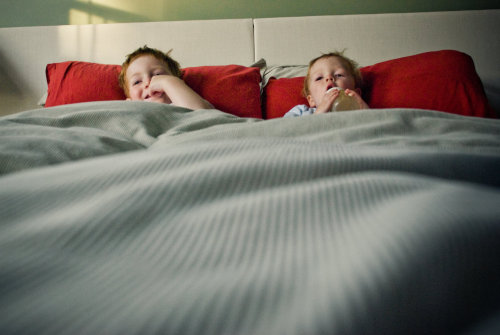I have seen Persepolis several times, but I haven't really paid attention to the icons that were used in the movie. I think this is partially due to the fact that I am usually busy reading the sub titles. I think that I have seen it enough times now that I could follow the story line without reading the words. It would actually be very interesting to watch this movie without subtitles so that the only thing I would be able to use to follow the story would be the imagery and icons. Just breifly looking back on the movie several icons stand out to me. The veils the women wear, the fact that most of the men in the movie had mustaches, and the nuns in their head to foot attire. I believe that these are icons that are supposed to show that the Iranian people were forced to let go of much of their individuality and that when they were outside of their homes they lost much of their identity in a sea of facial hair and veils.







